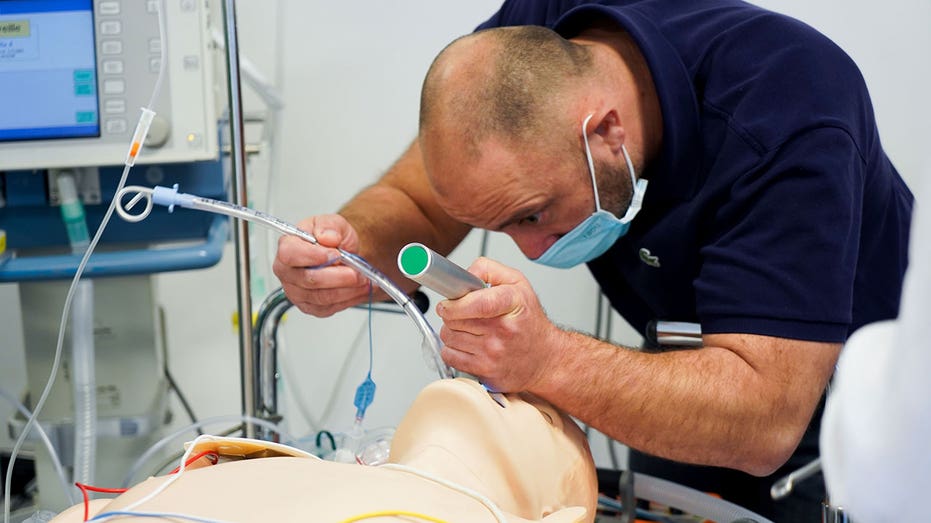UCSB Unveils Innovative Soft Robotic System to Revolutionize Emergency Intubation

In life-threatening emergencies where every second counts, securing an airway swiftly and safely is critical. Traditional intubation—a procedure involving inserting a tube into the windpipe—remains a complex and challenging task, often requiring extensive training and precision. Recognizing this, researchers at the University of California, Santa Barbara, have developed a groundbreaking soft robotic device aimed at transforming emergency airway management.
Overcoming the Limitations of Conventional Tools
Current intubation techniques involve rigid instruments that can be difficult to maneuver, especially in chaotic environments or when dealing with patients with unique anatomies. The process demands that medical professionals lift the epiglottis and carefully guide the tube through a narrow, curved pathway into the trachea. Mistakes can lead to the tube entering the esophagus, resulting in inadequate oxygen delivery and increased risk of complications. Mechanical stiffness and sensitivity of existing tools further complicate the procedure, often necessitating significant skill and experience.
The Soft Robotic Intubation System (SRIS): A Gentle Alternative
The innovative system from UCSB, called the Soft Robotic Intubation System (SRIS), introduces a new paradigm in airway management. It employs a flexible, inflatable tube that gradually unrolls from within the patient’s mouth, guided by a curved support that rests at the back of the throat. Instead of forcing the tube into place, SRIS naturally follows the correct pathway into the windpipe, significantly reducing friction and minimizing tissue injury. This adaptable approach accommodates anatomical variations, enhancing safety and ease of use, especially in high-stress situations.
Early Results and Future Prospects
Preliminary testing indicates that SRIS could dramatically improve the success rate of emergency intubations, which number in the millions annually across the United States. Its design aims to simplify the procedure for first responders and medical personnel, potentially reducing the need for extensive training and decreasing procedure time. The UCSB team is now preparing for clinical trials and seeking FDA approval, with hopes that the device will soon be available for widespread emergency use.
Implications for Emergency Medicine and Patient Survival
If successful, SRIS could become a vital tool in saving lives during respiratory emergencies, especially in challenging environments like low-light or chaotic scenes. It promises a safer, faster alternative that adapts to individual patient anatomies, increasing the chances of oxygenation and survival. As robotics and medical technology continue to advance, innovations like SRIS exemplify how cutting-edge research can lead to tangible improvements in emergency healthcare.
For more insights into medical robotics and emergency procedures, consult trusted sources such as the [National Institute of Biomedical Imaging and Bioengineering](https://www.nibib.nih.gov/) or the [FDA’s medical device guidelines](https://www.fda.gov/medical-devices). These resources provide comprehensive information on the latest innovations and regulatory standards shaping the future of healthcare.



